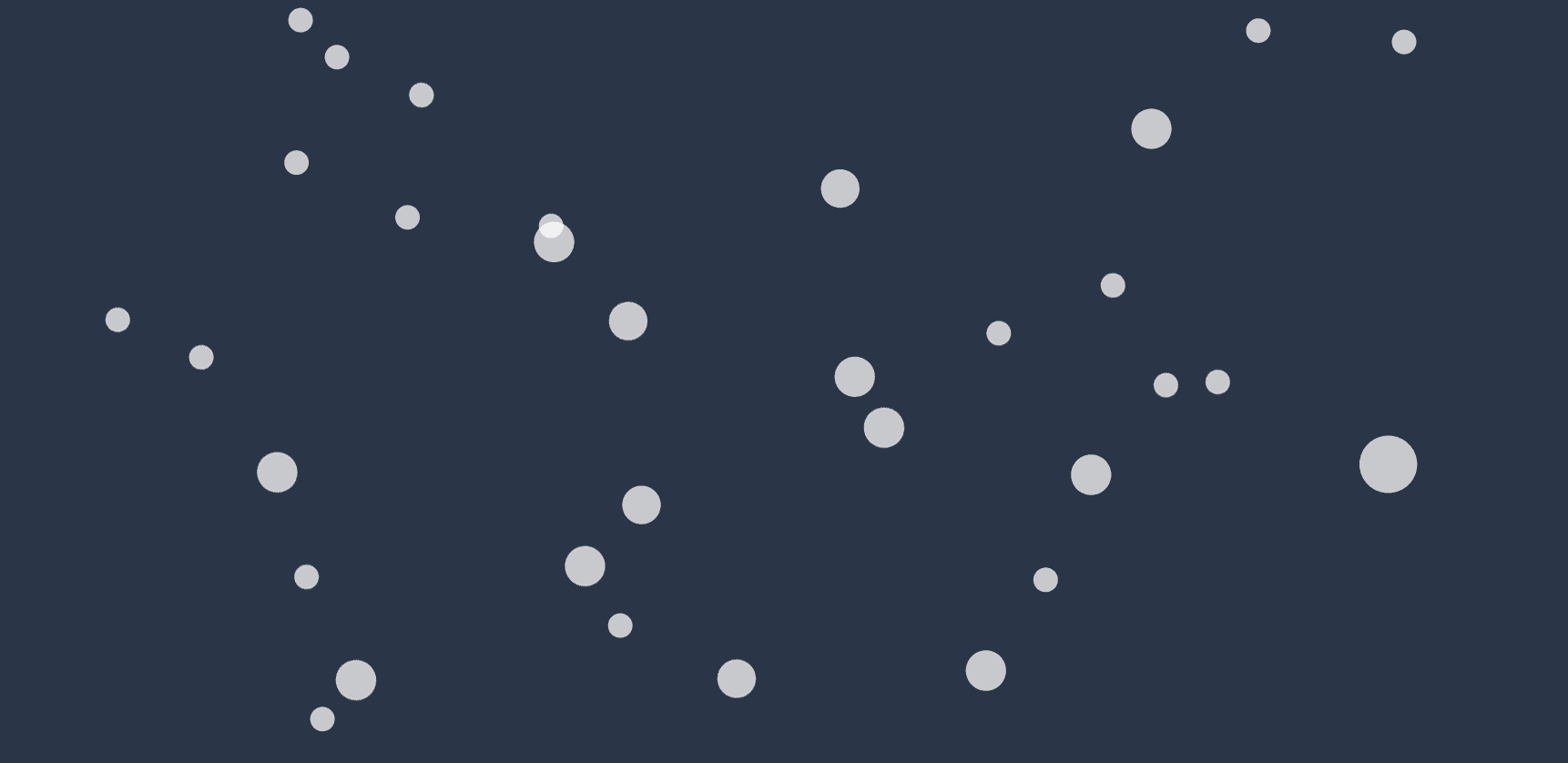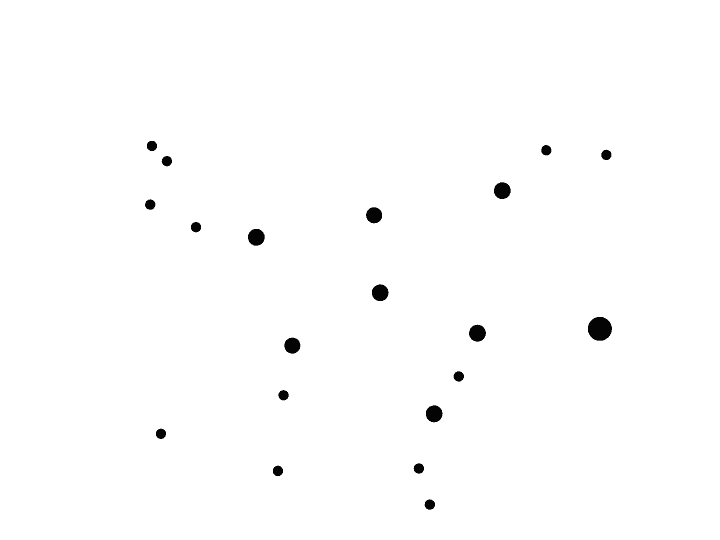
Create a Constellation
June 2020 :
My columns are written at least a month or so in advance of a specific month due to a variety of publication deadlines. At the time of this writing in mid-April, New York City may have flattened the curve in the corona virus pandemic. Unfortunately other regions of our country could still experience a rise in cases and deaths. The Rhode Island stay-at-home order remains in effect, and I believe it will be quite some time before any of the local observatories will be open for public observing. It’s simply impossible to adhere to social distancing guidelines in a dome.
I hope you have been able to at least get outside and scan the heavens when the weather has been clear. Other than the June Solstice, which occurs on June 22 at 5:44 p.m. EDT, June is a relatively quiet month for exciting astronomical events. (You may have noticed I did not say Summer Solstice. Why? The naming of the seasons has always been northern hemisphere biased. When it is summer for us in the northern hemisphere, it is winter in the southern hemisphere. And vice-versa. However, in the last decade or so when mentioning a solstice or equinox, the protocol is to say which hemisphere one is referring to.)
I wanted to do something different for this June column. While relaxing one afternoon the idea hit me like Newton’s proverbial apple. Conduct a “Create a Constellation” contest.
When we look at the night sky we all see the same stars. However, unless you are well-versed in sky lore no one perceives the same star pattern. Though each star is just an apparently random diamond set in the blackness of space, the human mind tends to connect the dots into familiar patterns that can be recognized again and again. Our ancient ancestors played “connect the dots” with the stars, and the constellations were born.
However, what if you know absolutely nothing about what a star pattern is supposed to represent? How would you connect the dots to form a stellar pictogram? A star pattern will then merely depend upon the knowledge and experience of the viewer.
Therefore, that is the challenge I am proposing. Think of this project as your interpretation of a stellar Rorschach ink-blot test. This contest is open to children ages six to sixteen. While today’s youth are usually more tech savvy that many adults, I ask parents to help facilitate your child’s participation.
Accompanying this column is an actual constellation whose identifying lines have been removed. The brighter of the star pattern’s stars have been included. Download constellation creation template. Some of you may recognize the constellation, but I don’t want you to be influenced by that knowledge. Kids, I want you to create a new representation for these stars. In addition, I would also encourage you to invent some mythology that would explain why your constellation was placed in the sky for all to see. You can even provide names for some of the brighter stars.
Be creative. You may orient this constellation template any way you desire. Use any art form you wish to create your constellation. When you have completed your work, please have it scanned and sent to this email address: astronomygolocal@gmail.com. Deadline for submissions is July 15, 2020. Parents, please provide contestant’s name and age. Include name of constellation, bright star names, and a brief mythology. (By submitting you consent to having your child’s constellation project published at a later date.) All entries will be judged. The contest winner will receive a family membership donated by yours truly in Skyscrapers, Inc., the Amateur Astronomical Society of Rhode Island, owners and operators of Seagrave Memorial Observatory in North Scituate.
I look forward to receiving your new constellation creations and learning about their unique sky lore.
Keep your eyes to the skies!




